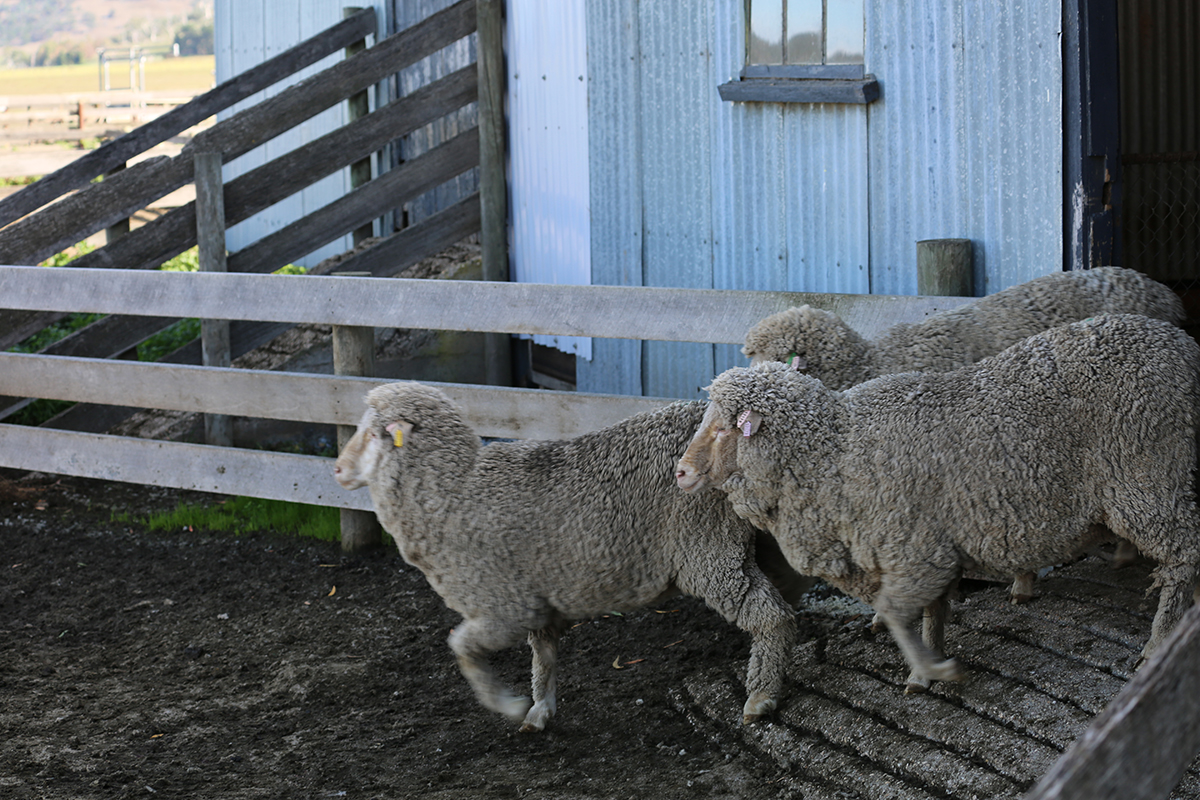AWEX reported 1,541,414 bales offered, down 13.4% year-on-year and well below the five-year average of approximately 1.78 million bales. Clean kilogram volumes dropped 15.5%, driven by reduced flock numbers, lighter fleece weights, and dry seasonal conditions in key regions, especially Victoria and South Australia.
Despite reduced offerings, weekly sales averaged 31,801 bales. The national pass-in rate lifted to 8.0%, up from 7.2% the season prior, reflecting softer demand. However, the Australian dollar averaged US65.0 cents, a 7% decline year on year, which provided crucial support for local prices. This weakening has continued into 2025, driven by President Trump’s return and renewed US exceptionalism policy decisions, which have strengthened the greenback. The weaker AUD has enhanced Australian wool’s global competitiveness, helped cushion prices from decline, and stabilised returns for exporters amid otherwise subdued sentiment.
The Eastern Market Indicator (EMI) averaged around 1,167 cents per kilogram, down 5.7% year-on-year and 9.5% below the five-year average. The 18 MPG averaged 1,600 cents for the season, down 3.1% year-on-year and 11% below its five-year average. The 21 MPG held up slightly better, averaging 1,326 cents, a fall of 1.4% and 6.5% below the five-year average. Meanwhile, the 28 MPG, representing crossbred wool, averaged 368 cents, down 5.1% on last season but slightly above its five-year average of 347 cents. The price spread between 18 and 21-micron wool narrowed to 222 cents from 274 cents last season, reflecting stronger demand for broader Merino types over the oversupplied superfine wool. Sydney’s northern market followed suit, with 21-micron wools showing firmer buyer competition and price stability.
Western Australia experienced the sharpest production decline of all wool-producing states in 2024–25, with volumes down 18.8% year-on-year. This reflects dry conditions and land use changes as producers respond to shifting government policy. The Western Market Indicator (WMI) has hovered near 1,280 cents, around 8% below its five-year average, signalling softer sentiment despite steady demand for medium Merino at Fremantle auctions. Seller resistance remains firm, limiting clearance rates.
Auction turnover for 2024–25 reached $1.94 billion, down from $2.24 billion the previous season and below the five-year average of around $2.25 billion. The decline reflects a mix of tighter supply and softer prices.
A bright spot was the continued lift in certified wool premiums. As noted in Mecardo by Andrew Woods, RWS-accredited non-mulesed Merino fleece earned 5–9% premiums, with crossbred fleece achieving 10–20% more than equivalent lots. Demand for traceable, sustainable wool may be a defining feature of the market ahead.

